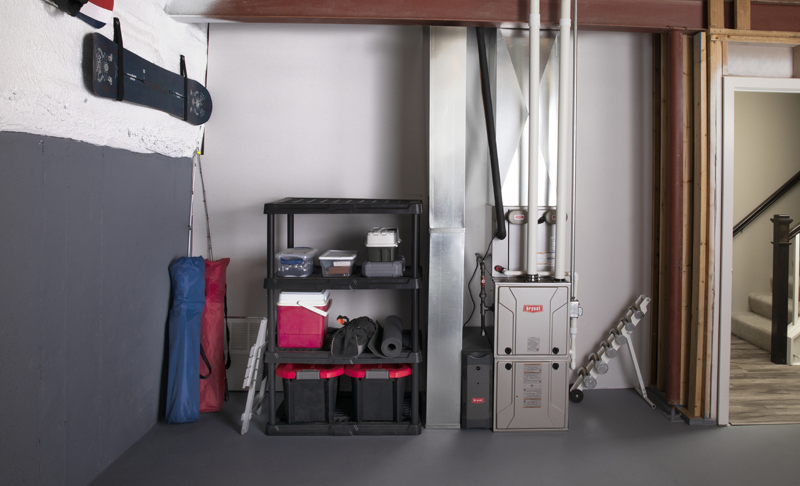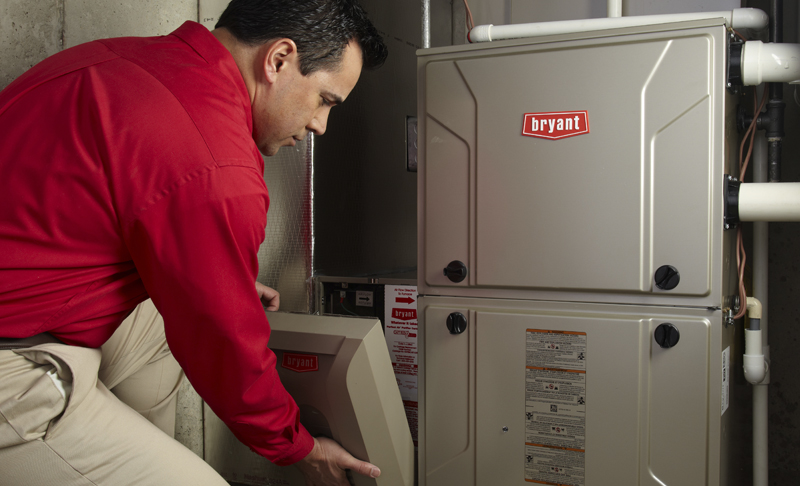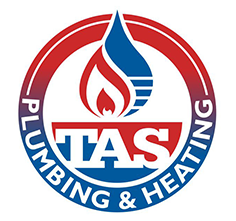Heating You UP!
Furnace Installation and Repair
Furnaces are essential heating systems used in residential and commercial buildings to provide warmth and comfort during colder seasons. Whether you're considering a new furnace installation or need repairs for an existing one, it's important to understand the process involved and the services offered in furnace installation and repair.
Furnace Installation:
Assessment and Consultation: When installing a new furnace, a professional technician will assess your heating needs by evaluating factors such as the size of your space, insulation, and energy efficiency requirements. They will provide a consultation to discuss your options and recommend the most suitable furnace for your specific needs.
Sizing and Selection: The technician will determine the appropriate size and capacity of the furnace required to efficiently heat your space. Proper sizing ensures optimal performance and energy efficiency.
Removal of Old Equipment: If there is an existing furnace, the installation process begins with the removal of the old equipment. The technician will safely disconnect and uninstall the old furnace, ensuring proper disposal or recycling.
Ductwork and Ventilation: The technician will inspect and evaluate the existing ductwork and ventilation system to ensure compatibility with the new furnace. If necessary, they may recommend modifications or upgrades to maximize efficiency and air distribution.
Installation and Connection: The new furnace is installed, which involves placing it in the designated location, connecting it to the ductwork and ventilation system, and securing it properly. Electrical connections, gas lines (if applicable), and thermostat integration are also completed.
Testing and Calibration: Once the installation is complete, the technician will test the furnace to ensure it operates correctly. They will calibrate settings, check for proper airflow, and verify the system's overall functionality.
Furnace Repair:
Diagnostic Assessment: When a furnace malfunctions or exhibits performance issues, a technician will perform a thorough diagnostic assessment to identify the problem. This involves inspecting various components, checking for error codes, and testing system operations.
Component Replacement: Based on the diagnostic assessment, the technician will determine which components need repair or replacement. Common components that may require attention include the blower motor, ignition system, thermostat, heat exchanger, or electrical connections.
Cleaning and Maintenance: The technician will clean and remove any dirt, debris, or blockages that may be affecting the furnace's performance. Regular maintenance tasks, such as lubricating moving parts and inspecting filters, are also performed.
System Calibration: After repairing or replacing components, the technician will calibrate the furnace to ensure optimal performance, efficiency, and safety. This may involve adjusting settings, testing airflow, and fine-tuning the system as needed.
Safety Checks: As a final step, the technician will conduct safety checks to verify that the furnace operates within recommended parameters. This includes inspecting gas lines (if applicable), checking for carbon monoxide leaks, and ensuring proper ventilation.
In both installation and repair services, it is crucial to hire a qualified and licensed HVAC professional with experience in furnace installation and repair. They possess the necessary skills, knowledge, and tools to ensure the safe and efficient operation of your furnace, providing you with reliable warmth and comfort throughout the heating season.



